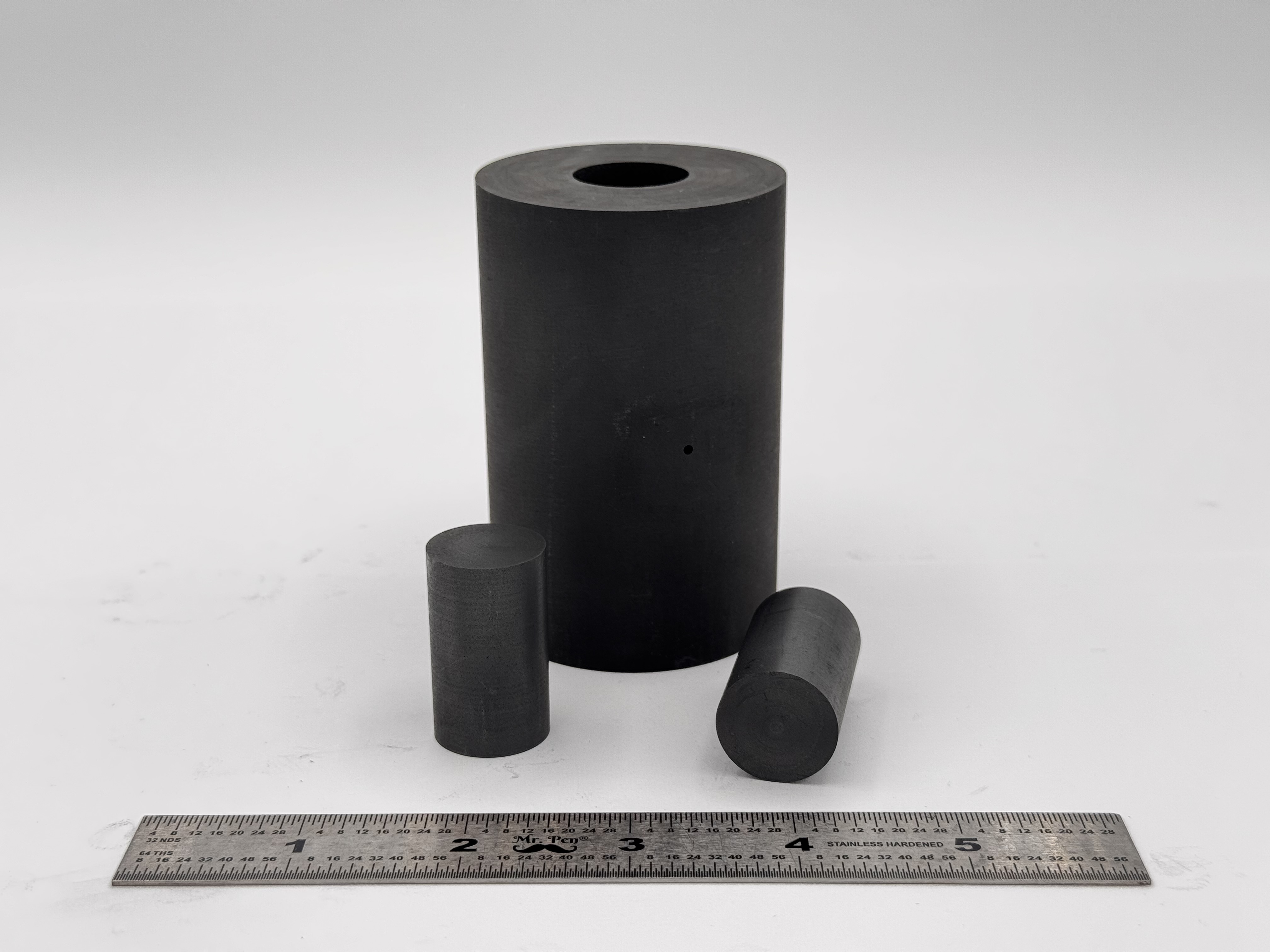Field-Assisted Sintering: A Transformative Approach to Materials Processing
In the ever-evolving field of materials science and engineering, innovative techniques continue to emerge, offering novel ways to manufacture high-performance materials with enhanced properties. Field-assisted sintering is one such groundbreaking method that has gained significant attention in recent years.
Understanding Field-Assisted Sintering
Field-assisted sintering, often referred to as FAS or Spark Plasma Sintering (SPS), is a specialized materials processing technique that facilitates the consolidation of powder materials into solid forms with remarkable properties. This technique is designed to take advantage of electric fields and pressure simultaneously to promote rapid densification and improve material properties.
Key Components of Field-Assisted Sintering:
- Electric Field: The central element of FAS is the application of an electric field to the sample material. This field is typically achieved through the use of pulsed direct current (DC), alternating current (AC), or even microwave radiation, depending on the specific requirements of the process.
- Pressure: Simultaneously with the electric field, pressure is applied to the powder material. This uniaxial pressure is essential for compacting the powder particles and ensuring that they come into close contact with one another.
- Temperature: Field-assisted sintering is typically performed at elevated temperatures, although the temperature range can vary widely based on the materials being processed.
The Field-Assisted Sintering Process:
- Sample Preparation: The starting materials, usually in powder form, are loaded into a die or mold. These powders can encompass a wide range of materials, including ceramics, metals, and composites.
- Die Assembly: The powder-filled die assembly consists of an upper punch and a lower punch, which encase the sample material. Graphite or other refractory materials are often used to ensure efficient electrical conductivity and uniform heating.
- Heating: The die assembly is placed in a specialized furnace equipped with the necessary power supply and electrode system. The furnace rapidly heats the sample material to the desired temperature, typically within a short timeframe.
- Application of Field and Pressure: Simultaneously with heating, the electric field is applied, and pressure is exerted on the powder compact. The combination of electric field and pressure leads to rapid densification and sintering of the material.
- Densification and Sintering: The application of the field and pressure promotes atomic diffusion, eliminating pores, and encouraging grain growth within the powder compact. This results in dense, high-performance materials.
- Cooling: After a specified holding time, the sample is cooled down to room temperature, completing the field-assisted sintering process.
Benefits of Field-Assisted Sintering:
- Speed and Efficiency: FAS allows for exceptionally rapid sintering, significantly reducing processing times compared to traditional methods.
- Enhanced Material Properties: Materials produced using FAS often exhibit superior mechanical, electrical, and thermal properties, making them ideal for a wide range of applications.
- Precise Control: Field-assisted sintering offers precise control over temperature, pressure, and field strength, enabling tailored material properties and microstructures.
Applications of Field-Assisted Sintering:
Field-assisted sintering has found applications in various industries, including:
- Electronics: FAS is used to manufacture advanced ceramics and semiconductor materials with superior electrical properties.
- Aerospace: It is employed in creating high-strength, lightweight materials for aerospace components and structures.
- Energy: FAS plays a role in developing advanced materials for energy storage, such as fuel cell components and supercapacitors.
- Biomedical: FAS is used to fabricate biocompatible materials for medical implants, dental prosthetics, and orthopedic devices.
Conclusion
Field-assisted sintering, with its unique combination of electric fields and pressure, represents a paradigm shift in materials processing. This innovative technique is revolutionizing materials science and engineering by enabling the creation of high-performance materials with tailored properties. As research and development in this field continue to advance, field-assisted sintering holds immense potential for applications across multiple industries, driving innovation and improving material performance.
 High Strength SPS Graphite Tooling
High Strength SPS Graphite Tooling Tungsten Carbide Tooling
Tungsten Carbide Tooling Carbon Graphite Foil / Paper
Carbon Graphite Foil / Paper Carbon Felt and Yarn
Carbon Felt and Yarn Spark Plasma Sintering Systems
Spark Plasma Sintering Systems SPS/FAST Modeling Software
SPS/FAST Modeling Software